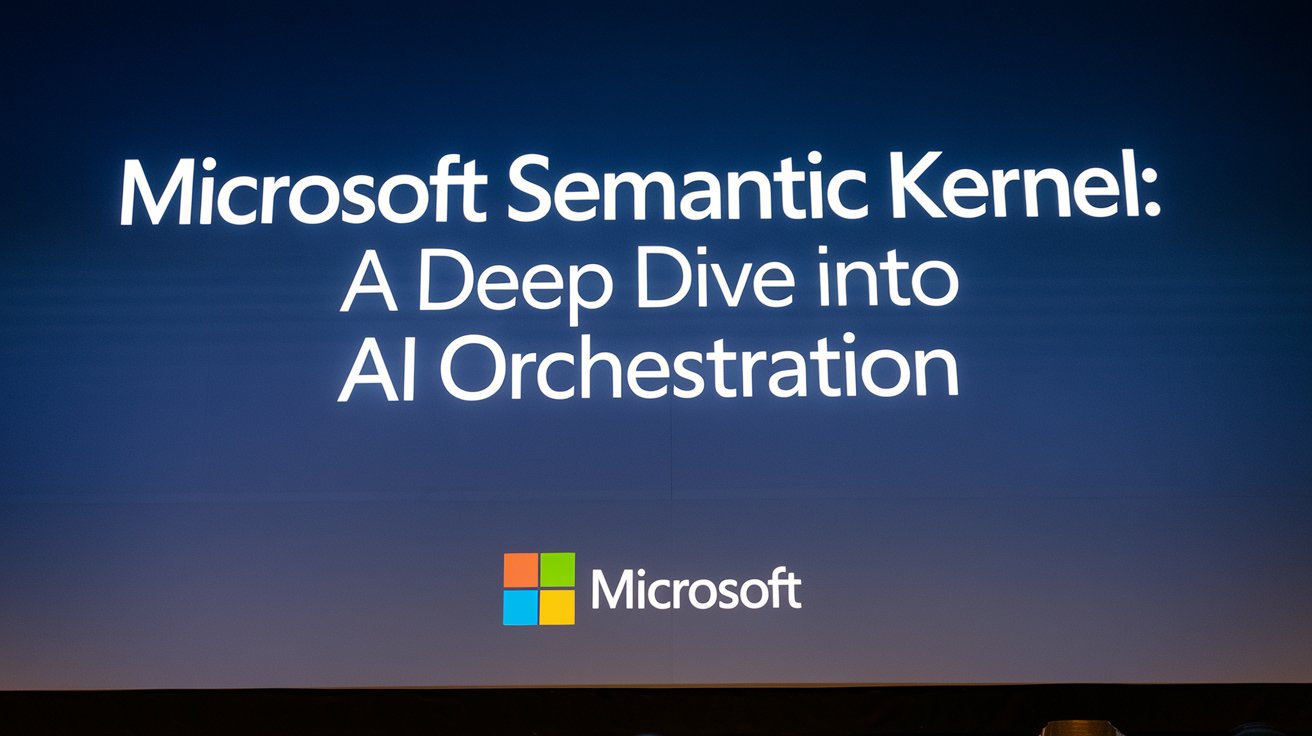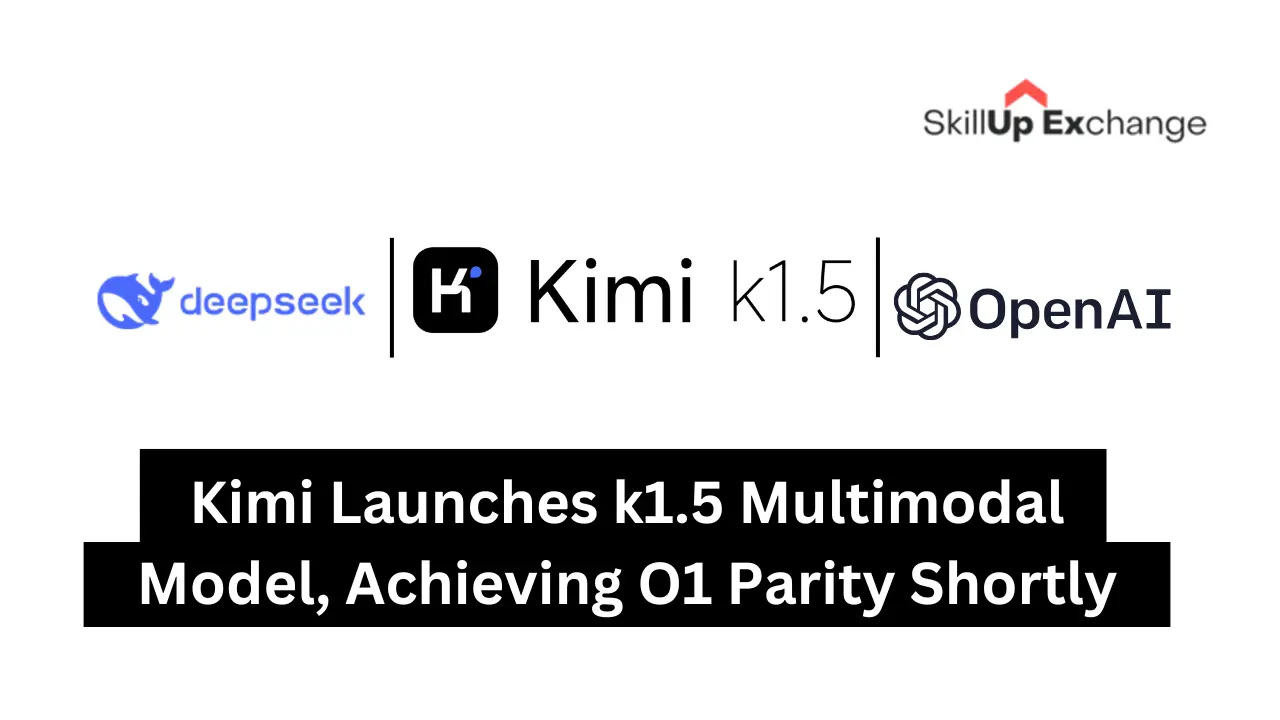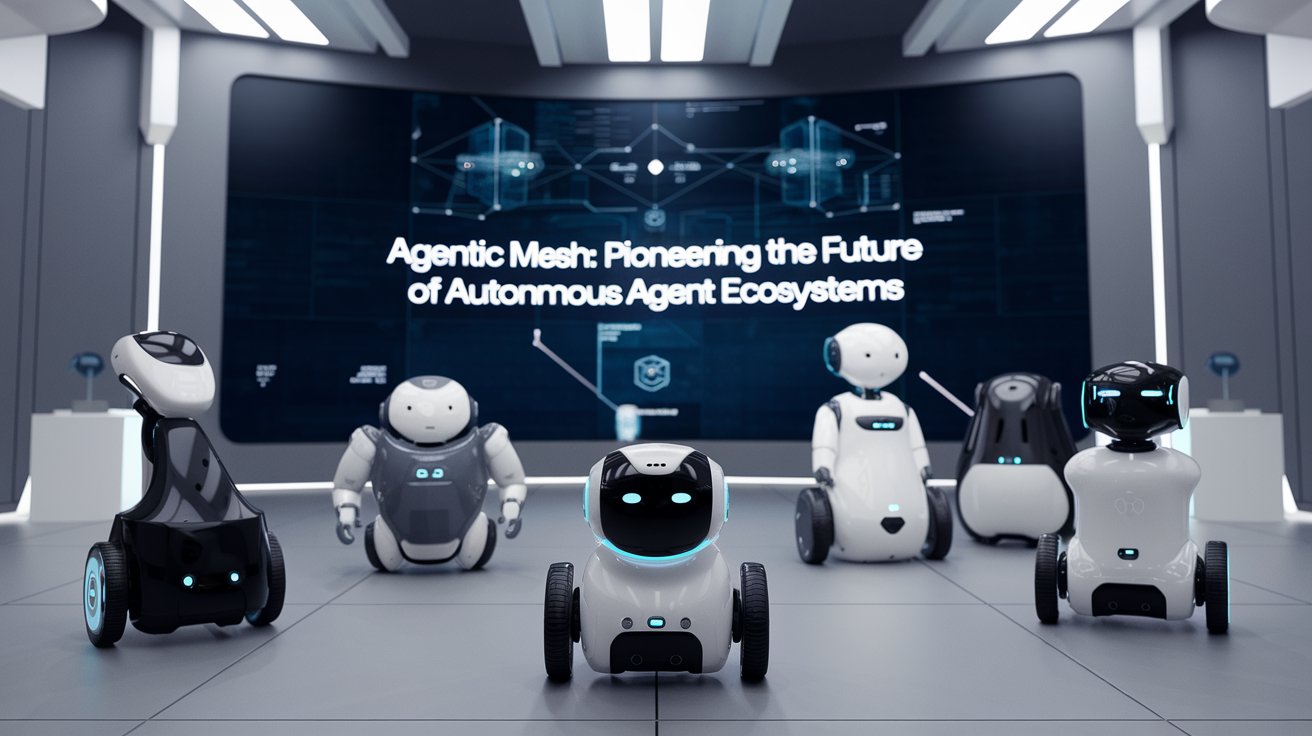Microsoft Semantic Kernel: A Deep Dive into AI Orchestration

In today’s rapidly advancing artificial intelligence (AI) landscape, developers face the challenge of integrating sophisticated AI capabilities into their applications efficiently. Microsoft’s Semantic Kernel emerges as a promising solution to this challenge. It offers a structured, modular framework for incorporating AI into applications, allowing developers to focus on their core business logic rather than the intricacies of AI model interactions. This blog post explores the purpose, key features, and applications of Microsoft Semantic Kernel, providing insights into how it can revolutionize AI integration.
Table of Contents
What is Microsoft Semantic Kernel?
Microsoft Semantic Kernel is an open-source AI orchestration development kit that helps developers streamline the process of building AI-driven applications. It is designed to provide a bridge between advanced AI models and traditional application development environments. By offering a structured interface and modular design, Semantic Kernel allows developers to incorporate AI features like natural language processing, workflow automation, and intelligent decision-making into their applications seamlessly.
The main goal of Semantic Kernel is to simplify AI development for those building intelligent agents capable of executing complex tasks and enhancing user interactions. By abstracting the complexities involved in dealing with large AI models, developers can focus on creating tailored solutions that address specific business challenges.
Key Features of Microsoft Semantic Kernel
Microsoft’s Semantic Kernel boasts several innovative features that make it ideal for enterprise-level AI integration. These features facilitate greater flexibility, efficiency, and security, allowing developers to build sophisticated applications with ease.
Enterprise-Ready Architecture
- Flexibility and Modularity: Semantic Kernel is designed to be highly flexible, with support for multiple programming languages, including C#, Python, and Java. This modularity allows developers to plug in or modify components without rewriting entire systems, thus ensuring scalability and simplifying future updates.
- Security Features: In enterprise applications, data integrity and security are crucial. Semantic Kernel incorporates robust security mechanisms, such as telemetry support and responsible AI deployment hooks, to ensure that applications adhere to best practices in security and data handling.
AI Orchestration Capabilities
- Function Calling and Automation: One of the core strengths of Microsoft Semantic Kernel lies in its ability to translate AI model requests into function calls. This allows developers to build automated workflows where AI agents can take over repetitive tasks, simplifying the management of complex processes.
- Planners for Task Management: Semantic Kernel also leverages large language models (LLMs) to generate plans from user inputs. The planner feature interprets user requests and breaks them into actionable tasks, making it easier to orchestrate and execute complex functions efficiently.
Modularity through Skills and Plugins
- Skills: Semantic Kernel introduces the concept of “skills,” which are standalone modules designed for specific functions, such as data processing or report generation. Each skill is purpose-specific and can be developed, tested, and deployed independently, providing a flexible approach to customization.
- Plugin Integration: The use of plugins further enhances the capabilities of Semantic Kernel. Developers can extend the system’s capabilities by integrating plugins that interact with other parts of the application or external services, allowing for a lean yet powerful core AI system.
Observability and Monitoring
- Telemetry Support: Observability is an integral part of enterprise AI deployments. Semantic Kernel supports the OpenTelemetry standard for logging, metrics, and tracing, providing real-time insights into application health and performance.
- Performance Metrics: Developers can track performance metrics, such as resource usage and execution times, which are crucial for optimizing application efficiency and ensuring the smooth functioning of AI-driven systems.
Practical Applications of Microsoft Semantic Kernel
Semantic Kernel’s features are geared toward enhancing efficiency, problem-solving, and automation across various industries. Here are some notable real-world applications:
Software Development and Debugging
- Code Generation and Real-Time Debugging: Semantic Kernel’s automation capabilities can be employed in software development, particularly for generating code from high-level descriptions and assisting in debugging. It allows multiple agents to collaborate, reducing development times and enhancing code quality. By using Semantic Kernel’s intelligent agents, developers can automate repetitive coding tasks, minimize human error, and ensure that coding standards are consistently followed. This feature is especially beneficial for large teams working on complex projects, where maintaining code quality and consistency is critical.
Automated Task Solving
- Customer Service: In customer support, Semantic Kernel can automate interactions, such as natural language understanding, knowledge base searches, and response generation, thereby speeding up the resolution of customer queries and reducing operational costs. By using AI-driven agents to handle initial customer queries, Semantic Kernel frees up human agents to focus on more complex customer needs, thus improving the overall efficiency and effectiveness of customer support operations.
- Complex Problem Solving: By breaking down complex tasks into manageable subtasks, Semantic Kernel enables the efficient collaboration of multiple AI agents to solve challenges that would otherwise be daunting for individual systems. This approach is particularly valuable for industries that require precise, multi-step problem-solving, such as logistics, supply chain management, and manufacturing.
Research and Innovation
- Hypothesis Generation and Experiment Automation: In research environments, Semantic Kernel can accelerate innovation by automating hypothesis generation, experiment design, data analysis, and even drafting research reports, particularly in areas like drug discovery and materials science. The ability to automate these processes not only speeds up research timelines but also allows researchers to explore a wider range of possibilities, leading to more comprehensive findings and innovative breakthroughs.
Financial Analysis
- Data Processing and Market Analysis: Semantic Kernel is also useful in finance, where it can automate data analysis, generate financial reports, and provide insights into stock trends or market conditions using real-time data, reducing manual workload and increasing accuracy. By using AI to analyze large volumes of financial data quickly and accurately, businesses can gain deeper insights into market dynamics, identify emerging trends, and make informed decisions that drive profitability.
- Risk Management: In addition to data analysis, Semantic Kernel can aid in risk assessment and management by analyzing historical data to identify patterns that may indicate potential risks. This helps financial institutions mitigate risks and make data-driven decisions to safeguard their operations.
Healthcare Applications
- Patient Management and Clinical Research: In healthcare, Semantic Kernel can be leveraged to automate patient management, including scheduling and follow-ups, and can aid in clinical research by coordinating the analysis of trial data and generating comprehensive reports. This can improve patient outcomes by ensuring timely follow-ups, reducing administrative burdens on healthcare professionals, and enhancing the efficiency of clinical trials.
- Personalized Treatment Plans: Semantic Kernel can also assist in creating personalized treatment plans by analyzing patient data, medical history, and current health conditions. By integrating AI-driven insights into patient care, healthcare providers can deliver more accurate and effective treatment options, ultimately improving patient outcomes.
Why Choose Microsoft Semantic Kernel?
The decision to choose Semantic Kernel as an AI orchestration tool rests on its unique blend of features tailored for enterprise environments. The modular and flexible architecture ensures that businesses can start small and scale their AI capabilities incrementally without heavy investments in rewriting software. Additionally, the built-in observability, security, and task automation features make Semantic Kernel particularly appealing for industries that require compliance, real-time monitoring, and enhanced productivity.
The open-source nature of Semantic Kernel also offers developers the opportunity to contribute to its evolution, ensuring that it remains a community-driven tool that addresses real-world challenges in AI development.
Moreover, the flexibility of Semantic Kernel makes it suitable for various industries, from healthcare to finance to customer service. Its ability to handle complex workflows, automate repetitive tasks, and provide real-time insights allows businesses to focus on innovation and strategic growth rather than operational inefficiencies.
Future Prospects of Microsoft Semantic Kernel
For more information on related topics, you may also find our previous article Exploring Baby AGI: The Future of Task Automation and Adaptive Learning helpful.
Semantic Kernel represents a significant step forward in making AI accessible and integrable within a broad range of applications. With Microsoft’s continued commitment to advancing this platform, we can expect new features and enhancements that improve its usability, expand its range of AI models, and support even more seamless integrations. This will enable businesses to remain competitive by effectively leveraging AI to drive innovation, enhance decision-making, and improve customer experiences.
As AI becomes more ingrained in business operations, tools like Semantic Kernel will play a pivotal role in bridging the gap between sophisticated AI models and practical, everyday applications. Its ability to simplify AI orchestration makes it an ideal choice for enterprises looking to gain a competitive edge by harnessing the power of artificial intelligence.
In the future, we may also see Semantic Kernel integrating with other emerging technologies, such as Internet of Things (IoT) and edge computing, to further enhance its capabilities. By combining AI with IoT, businesses can create more responsive and adaptive systems that provide real-time insights and automation across distributed networks. This could open up new opportunities in industries like smart manufacturing, supply chain optimization, and connected healthcare.
Conclusion
Microsoft Semantic Kernel is poised to transform the way developers integrate AI into their applications, offering a scalable, modular, and secure framework for building intelligent, AI-driven solutions. Whether in software development, finance, healthcare, or research, Semantic Kernel provides a versatile platform for creating applications that can handle complex workflows and deliver enhanced user experiences. For developers and enterprises alike, Semantic Kernel represents a powerful toolkit to simplify the journey toward AI adoption and innovation.
By enabling developers to focus on business logic and unique solutions, rather than the complexities of AI integration, Semantic Kernel accelerates the development of AI-driven applications. As businesses continue to adopt AI as a core part of their operations, Semantic Kernel will play a critical role in ensuring that AI technologies are effectively integrated, secure, and capable of driving meaningful impact.





